
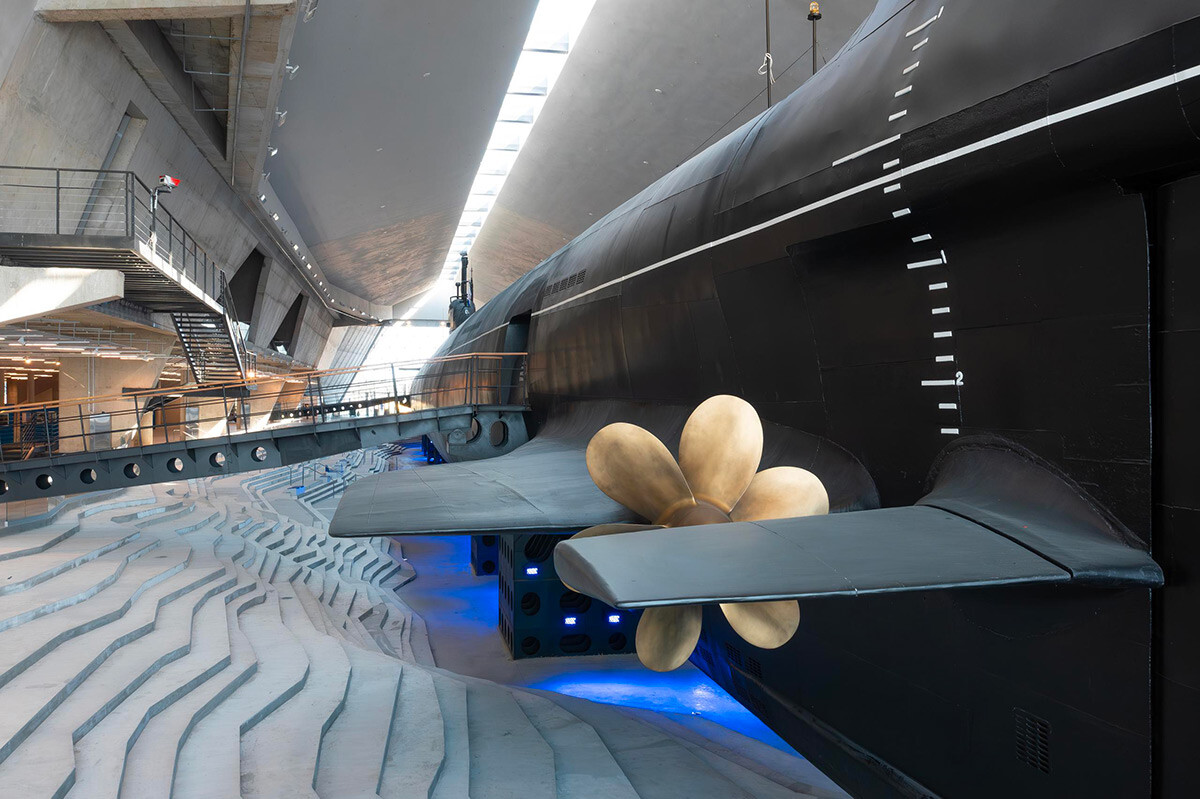
The K-3 ‘Leninsky Komsomol’ is the first Soviet and the third nuclear submarine in the world. It served in the Northern Fleet of the USSR Navy for almost 30 years: it went out for combat service six times, was the first to pass under the ice of the Arctic Ocean and twice crossed the North Pole. In the 2000s, it was decided to turn the submarine into a museum and was brought to Kronstadt.
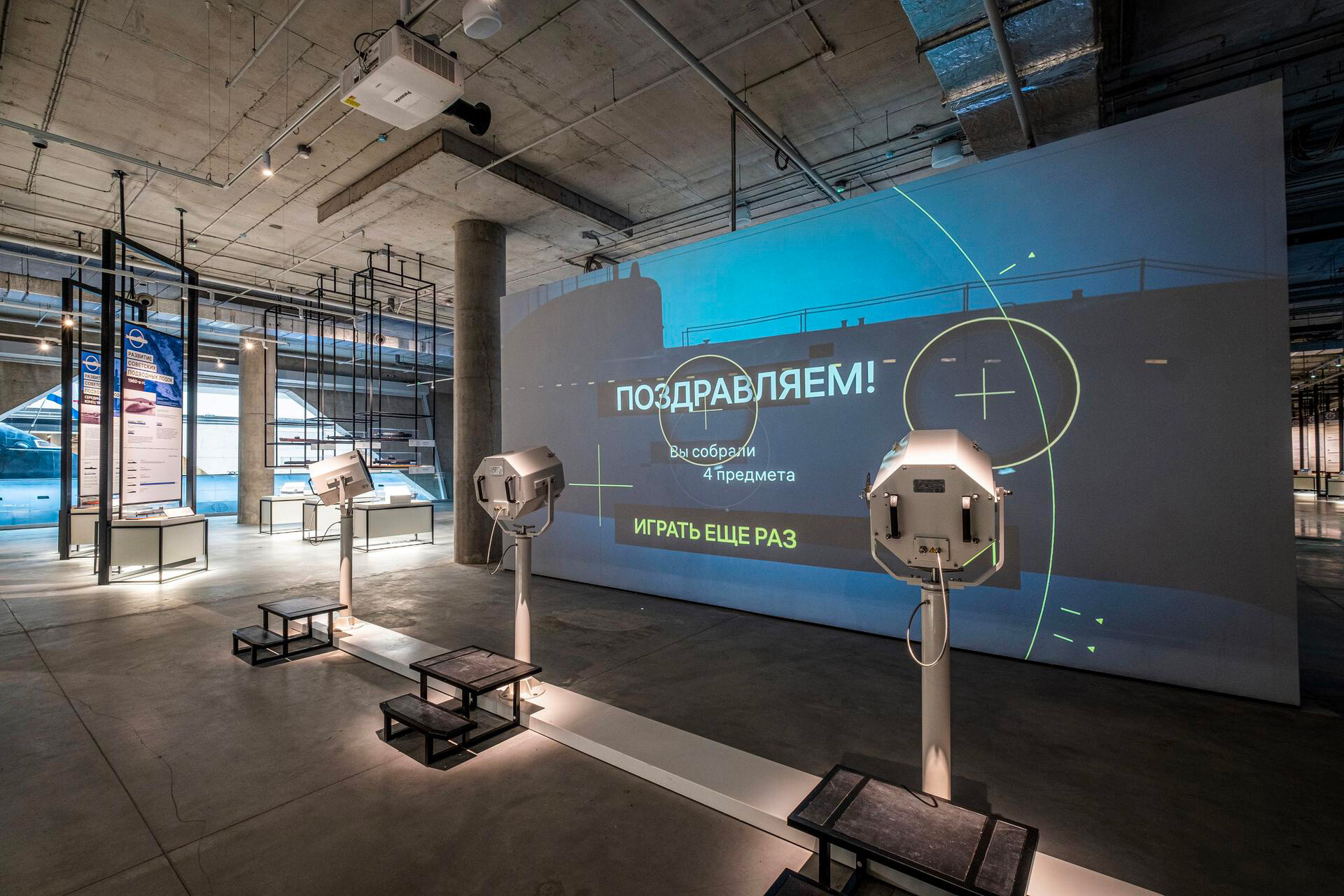
The building of the new museum was designed especially for it, so that the 107-meter-long submarine could be placed inside, rather than at anchored at the pier. It can now be freely explored inside.
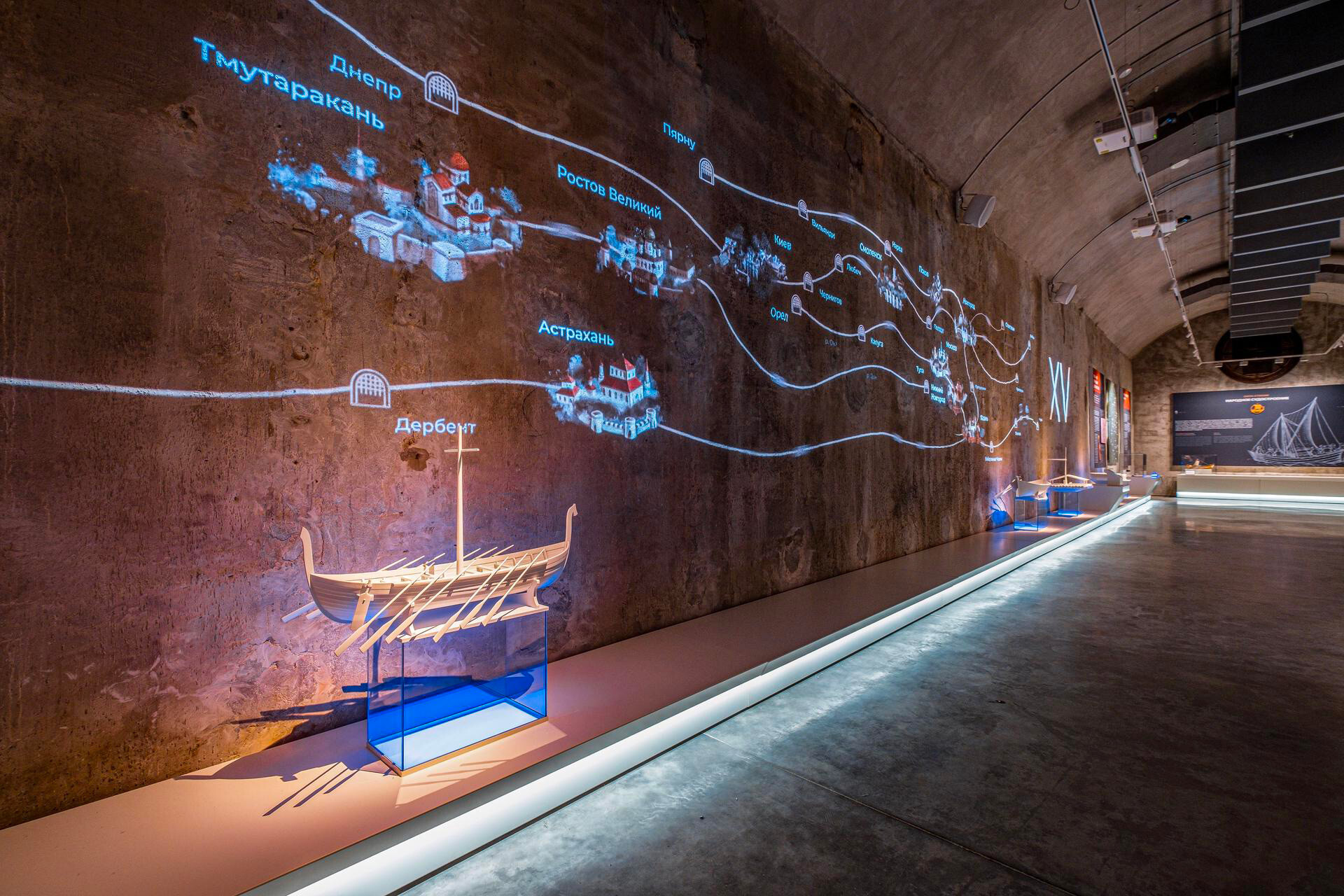
The exhibition tells about the development of the fleet, starting from ancient Rus’ and ending with the present day. There, you can find out how, in the old days, ‘dolblenki’ - boats from a single tree trunk - were made, where merchants carried their goods to and from and how the Old Russian state expanded. And also, with the help of a special interactive map, take a journey through time along the Russian rivers: go along waterways from Novgorod to Constantinople and from Nizhny to Tmutarakan.
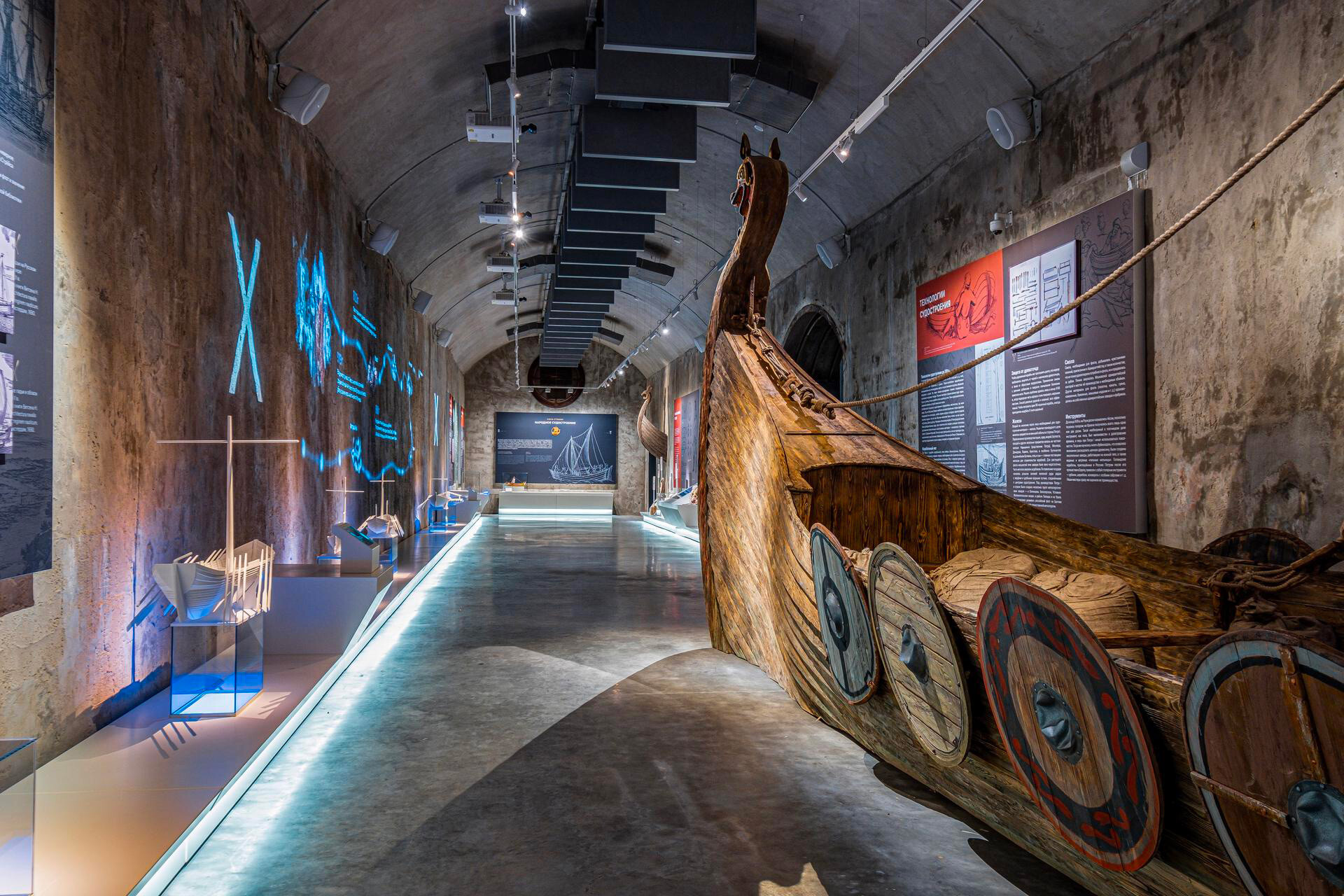
What did the provost (military police) do? What duties did the midshipmen perform? How was a sailing ship organized in the 18th century? Its peculiarity is that it is a “ship in section”: you can clearly see what was in each compartment and what the crew did.
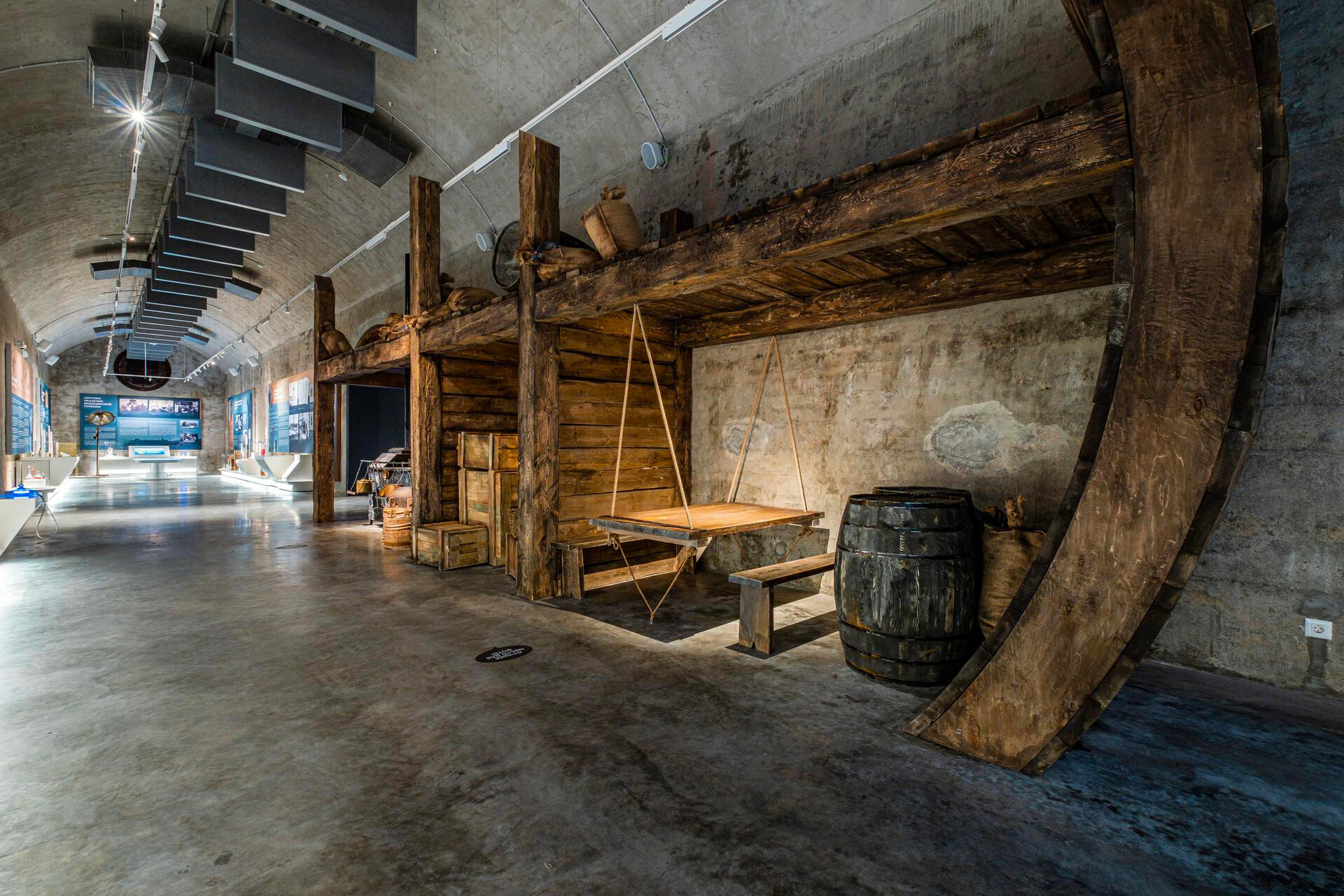

The museum in Kronstadt is interactive, you can touch almost everything there. Except that you are not allowed to climb the cables.
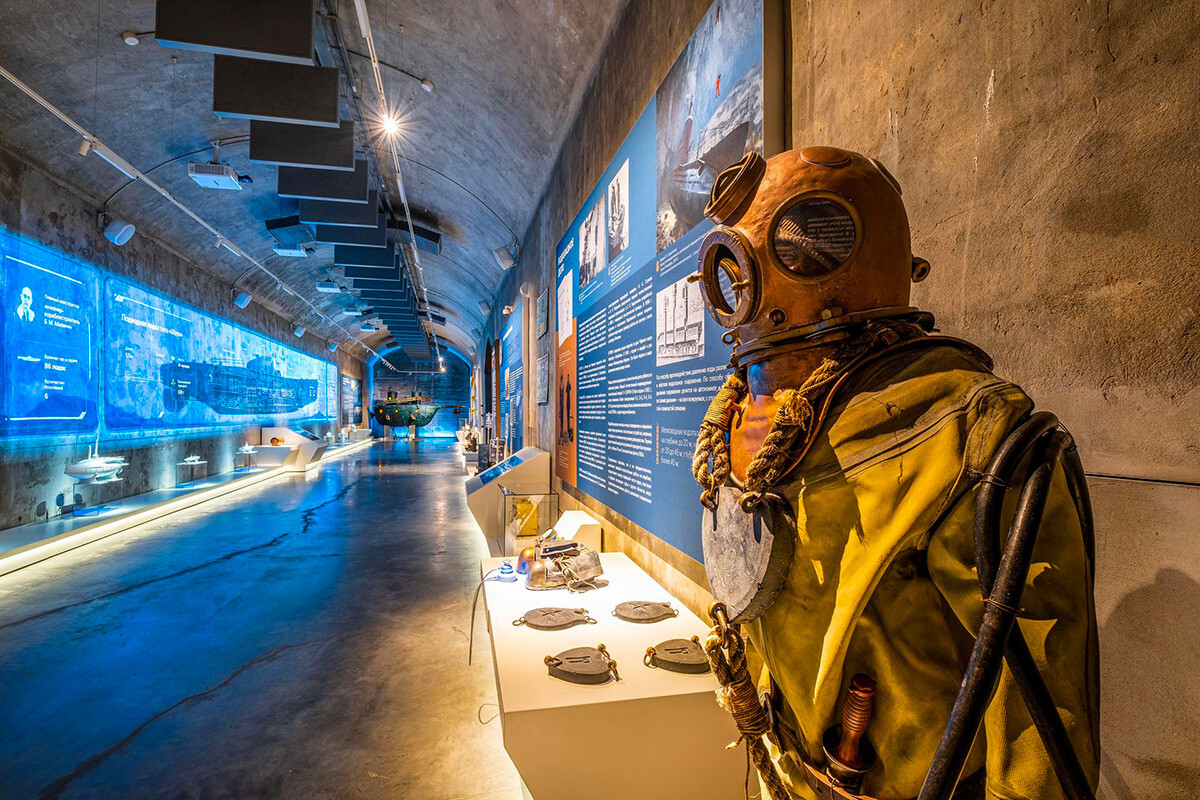
Even adults find it almost impossible to resist the temptation to stand at the helm of the ship, to try to control a nuclear icebreaker, to send a signal using the semaphore alphabet, to participate in a virtual battle, to look into the galley or sit in the wardroom. And, at the same time, learn a couple of nautical toasts. For example - “To Neptune, to Jupiter, to sailors from Peter!”

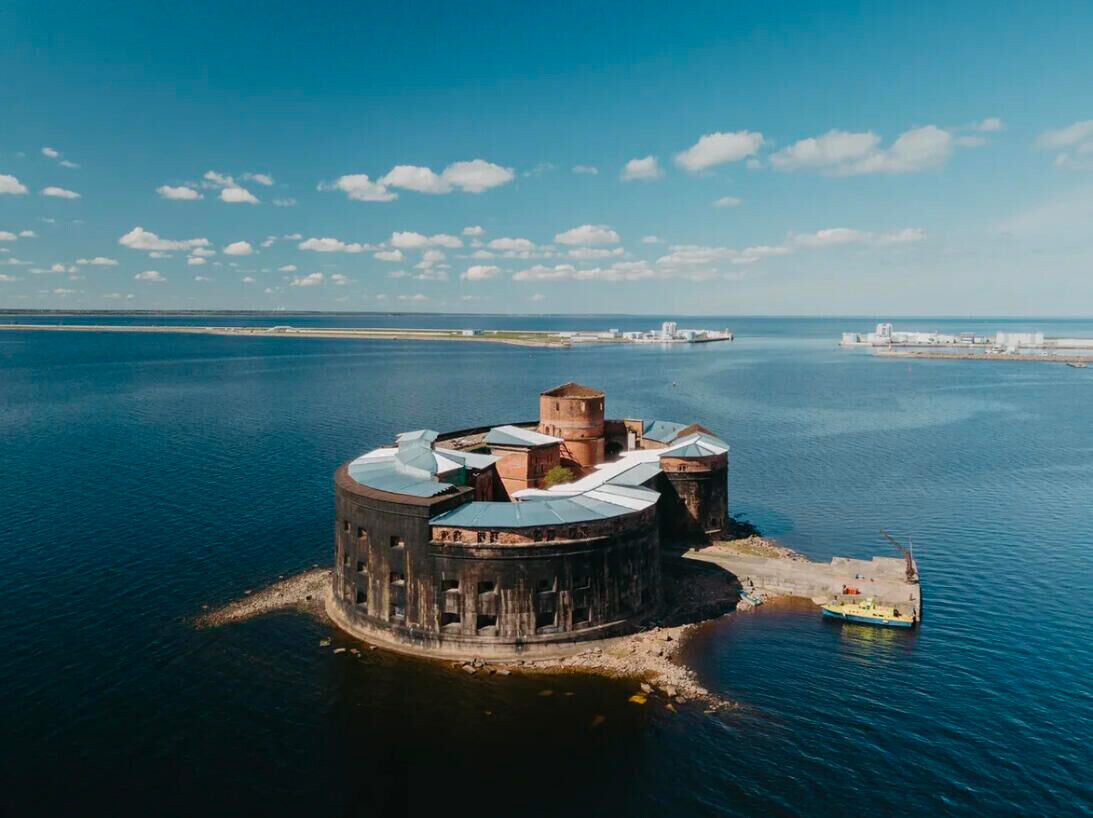
There is an observation deck on the roof of the museum, which offers a view of the neighboring forts. You can take a leisurely examine Kronschlot, the very first naval fortification of the Russian fleet in the Baltic, as well as forts ‘Emperor Peter I’ and ‘Emperor Alexander I’.
Dear readers,
Our website and social media accounts are under threat of being restricted or banned, due to the current circumstances. So, to keep up with our latest content, simply do the following:
If using any of Russia Beyond's content, partly or in full, always provide an active hyperlink to the original material.
Subscribe
to our newsletter!
Get the week's best stories straight to your inbox